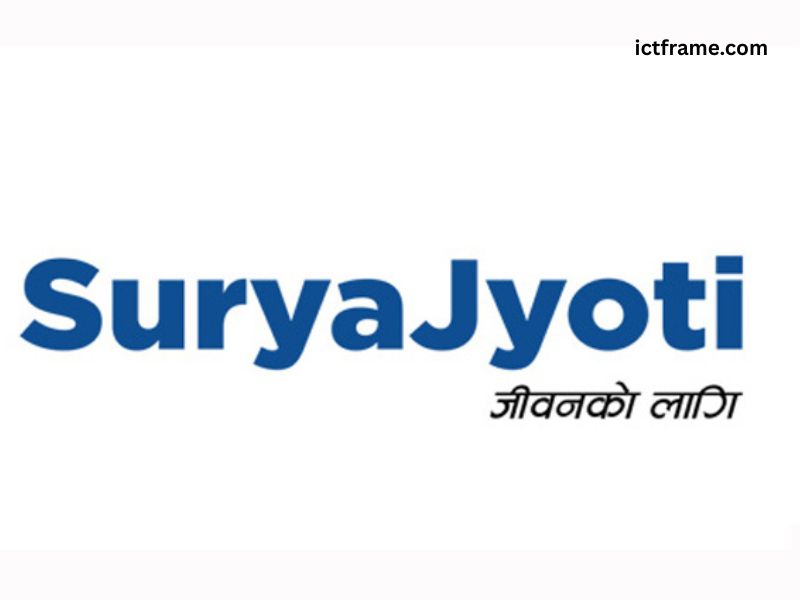Public Engagement in Science: A Vital Two-Way Street for a Thriving Society
25th June 2025, Kathmandu
Science, at its core, exists for the betterment of society. However, to maximize its positive societal impact, a dynamic, “two-way street” interaction between scientists, stakeholders, and funders, extending beyond the confines of academia, is crucial.
Public Engagement in Science
This rich exchange is what truly empowers scientific research to be as socially beneficial as possible.
Why a Two-Way Street?
This vital interaction flows in two directions, each with distinct benefits. One direction focuses on dissemination, bringing the insights, findings, and potential of scientific research to broader audiences. This ensures that the knowledge generated within laboratories and research institutions reaches and informs the wider public.
The other direction emphasizes shaping research and collaboration. This allows scientists to gain valuable insights from the public. This can take various forms, from ‘citizen science,’ where individuals contribute data and analyses, to the more fundamental shaping of research agendas according to pressing societal priorities.
Navigating this two-way street comes with its own set of challenges, including the delicate balance between detail, accuracy, and accessibility. It’s also important to acknowledge that there’s no singular “general public”; society is complex, diverse, and layered, much like science itself.
Beyond Results: Understanding Science’s Role
Effective public engagement isn’t just about sharing research results; it’s also about demystifying how science works (or how it should work) and its fundamental role in society. A critical point often overlooked is that science embraces uncertainty and systematizes doubt. Very little in science is certain, but this inherent uncertainty doesn’t imply a free-for-all. For public engagement to be truly effective, scientists must resist the temptation to present excessive certainty, as this can quickly erode public trust. Similarly, it’s crucial to avoid the trivialization of science; accessibility should be about clarity, not caricature.
Evolving Challenges and New Opportunities
The landscape of public engagement is constantly evolving, presenting new challenges and opportunities. Shifting social priorities, coupled with the rapid emergence of new technologies, play a significant role. The echo-chamber dynamics of social media and the increasingly realistic content generated by AI are together dissolving the social foundations necessary for reaching consensus and effective communication.
Yet, these same technologies also offer incredible potential for researchers to engage entirely new audiences, both within developed societies and globally. Recognizing these new realities, the UK’s premier scientific institution, the Royal Society, is currently updating its seminal 1982 report on public engagement, known as the Bodmer report. Professor Anil Seth, whose own public engagement efforts have been recognized by the Royal Society, is contributing to this important task, with the hope of ensuring the UK maintains its leading role in scientific communication and engagement.
The Overlooked Importance of Public Engagement
Despite its undeniable importance, public engagement is frequently undervalued by academic institutions and funding bodies alike. It’s too often seen as a secondary activity, something to be done in one’s spare time – either a luxury or an unfunded expectation.
Professor Anil Seth, Director of the Sussex Centre for Consciousness Science and Professor of Computational and Cognitive Neuroscience at the University of Sussex, has been fortunate to receive strong support for his public engagement endeavors throughout his career, from both the University and organizations like the Wellcome Trust and The Royal Society.
This support has enabled his involvement in many impactful projects that exemplify the two-way street. Recent highlights include the Dreamachine programme, which sparked interest in the neuroscience of perception among nearly 40,000 people in the UK, and The Perception Census, an ongoing citizen-science study exploring “perceptual diversity” – how each of us experiences a unique world – with tens of thousands of participants worldwide. Beyond these projects, his book, Being You – A New Science of Consciousness, has brought joy and value to countless individuals from all walks of life.
Through these rewarding experiences, one profound lesson has become abundantly clear: practicing public engagement not only cultivates better communicators but also fosters better scientists. In 2023, Professor Seth was awarded the Michael Faraday Medal and Lecture by the Royal Society, a testament to his excellence in public engagement of science. You can discover more about Anil Seth’s work to understand his contributions.
For more: Public Engagement in Science








